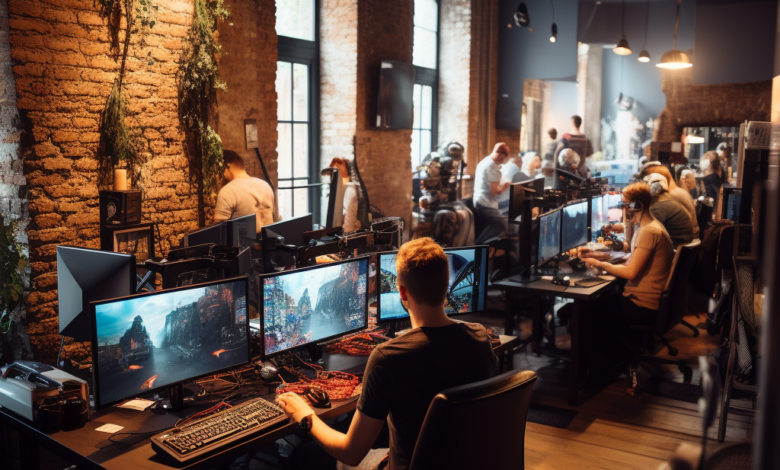Web3 gaming experts discuss hurdles and opportunities in the road to wider adoption

The web3 gaming industry has been steadily evolving over the past few years, but it has faced challenges in gaining the trust of traditional Web 2 gamers and overcoming the image issues associated with the “play-to-earn” era. As the industry seeks to attract mainstream gamers to web3 games, investors and startups are delving deeper into this emerging space, looking for ways to bring in the next wave of users to the crypto and web3 industry.
To gain insights into the future of web3 gaming and how the industry plans to address its challenges, we interviewed eight experts in the field. Here are some key takeaways from their perspectives:
- Web3 Gaming Market Today: The web3 gaming market is still in its early stages. While there was initial excitement in 2021 with the play-to-earn model, it was not sustainable. Currently, many studios are quietly building web3 games, and the market is expected to gain momentum when these second-wave web3 games are launched next year.
- Metrics for Tracking Growth: To measure growth in the web3 gaming industry, experts suggest tracking standard gaming metrics like installs, daily active users (DAU), retention, and lifetime value (LTV). Additionally, web3-specific key performance indicators (KPIs) such as wallet and marketplace metrics are essential.
- Challenges in Adoption: Web3 gaming faces challenges related to user experience (UX), including wallet onboarding and fiat on-and-off-ramping. The industry is still grappling with how to balance the “play” and “earn” aspects of web3 gaming.
- Shift Away from Play-to-Earn: The play-to-earn model is fading away due to its unsustainable nature and misuse in Ponzi and pyramid schemes. The industry is moving toward gameplay that is enhanced by web3 ownership and economic alignment between gamers and developers.
- Promising Web3 Game Genres: While all game genres can benefit from web3 ownership, core genres with deep economies are expected to see more significant adoption. This has been a consistent expectation within the web3 gaming space.
- Advice for Developers: Developers are advised to focus on creating engaging and enjoyable games that players want to play. The era of pre-selling NFTs and tokens for unreleased games is behind us.
- Collaboration Between Traditional and Web3 Studios: Traditional and web3 game developers can share knowledge, data, and case studies with each other. Collaboration is essential to advance the industry as a whole.
- Regional Adoption: Asia, particularly Korea and Japan, appears to be leading in web3 gaming investment. These regions are leaning into web3 gaming, and their success may pave the way for adoption in western markets.
In summary, the web3 gaming industry is still in its early stages but holds significant growth potential. To attract mainstream gamers, the industry must address UX challenges, prioritize engaging gameplay, and move away from unsustainable models like play-to-earn. Collaboration between traditional and web3 studios can further accelerate the industry’s development, with Asia leading the way in adoption.





